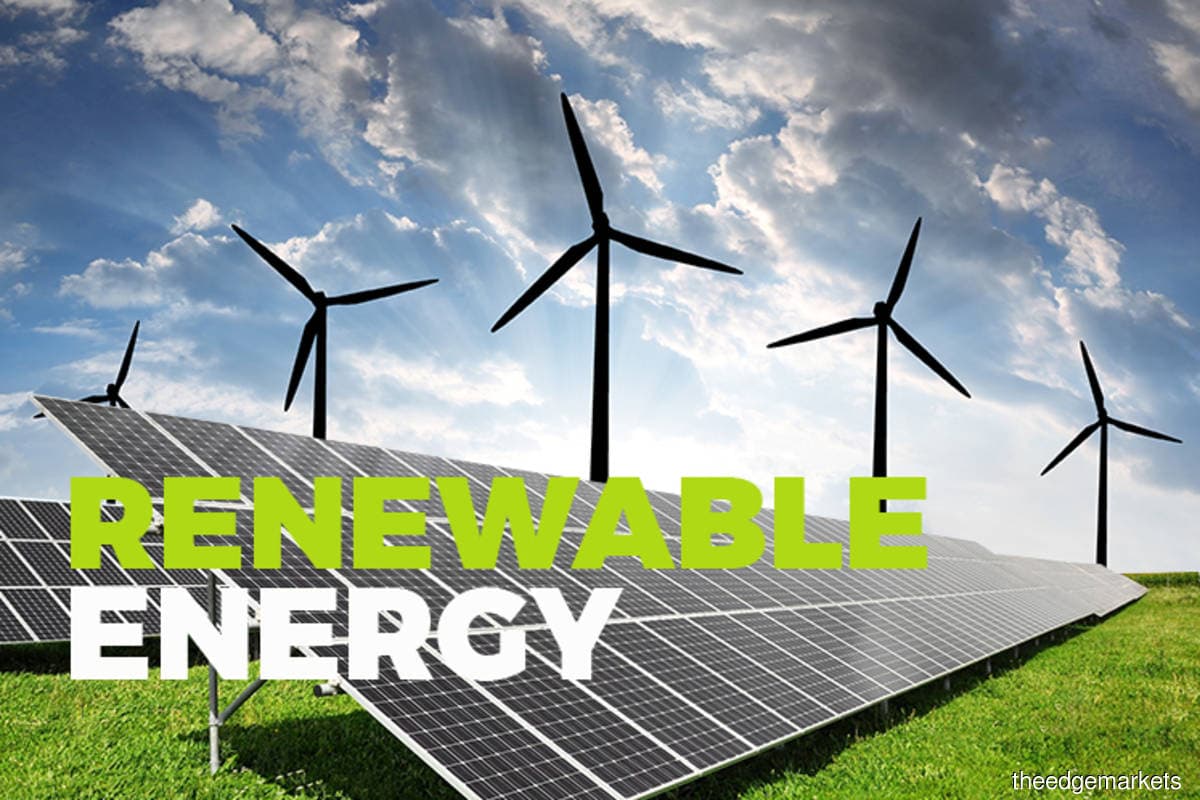
KUALA LUMPUR (March 26): Malaysia’s national power grid has the capacity to take on more energy from renewable energy (RE) sources up until 2030 without affecting grid stability, said International Renewable Energy Agency (Irena) director-general Francesco La Camera.
However, investment for the grid of the future must be committed now to ensure continuity through the energy transition, La Camera said.
“At the moment, Malaysia is not in the hurry but naturally, the grid has to evolve to make it possible for even more RE sources to come in,” he told The Edge at the sidelines of the Malaysia Energy Transition Outlook launch.
“This will also increase the appetite for investments, once you are sure you can deliver the electricity and be paid in return. It is one of the more relevant push to encourage additional RE capacity,” La Camera said.
Overall, Malaysia is expected to see renewables’ installed generation capacity (excluding battery storage) to increase to up to 33% of total capacity by 2030, according to the Irena Malaysia Energy Transition Outlook Report.
The energy transition outlook report anticipates US$4.8 billion in investments required for the national transmission grid from now until 2030.
At the same time, the country requires significant installation of up to 1.4GW new solar energy capacity to the grid annually in the period, to accelerate Malaysia’s energy transition and to keep the country on a climate-safe pathway, the report found.
To be sure, Malaysia’s grid operator Tenaga Nasional Bhd is investing RM7 billion each year up until 2024 for its Grid of the Future programme, which also entails the Asean power grid interconnectivity ambition.
A 2021 report by the Energy Commission indicated a planned installation of five battery energy storage units with a capacity of 100MW annually into the system from 2030 to 2034, in order to address system stability concerns.
Energy subsidy for fossil fuels biggest short-term headwind to spur RE investments
In the short term, one of the biggest headwinds in RE generation installation is to address energy subsidies skewed towards fossil fuels.
According to La Camera, Irena's study found that in four-fifths of the planet, RE is a cheaper source of electricity than any other form. He viewed that this largely applies for hydrocarbon-producing countries like Malaysia as well.
As subsidies are applied, it will continue to shield consumers from the real cost of energy. It is crucial that incentives and investments are directed towards long term, productive and sustainable uses, he said.
“It is about giving the chance for RE to compete on equal footing on the technology front.
“Technology already exists — when someone says we need improvements in new technologies to effectively address climate change, we [at Irena] make clear that this [assertion] is to delay the energy transition,” La Camera said.